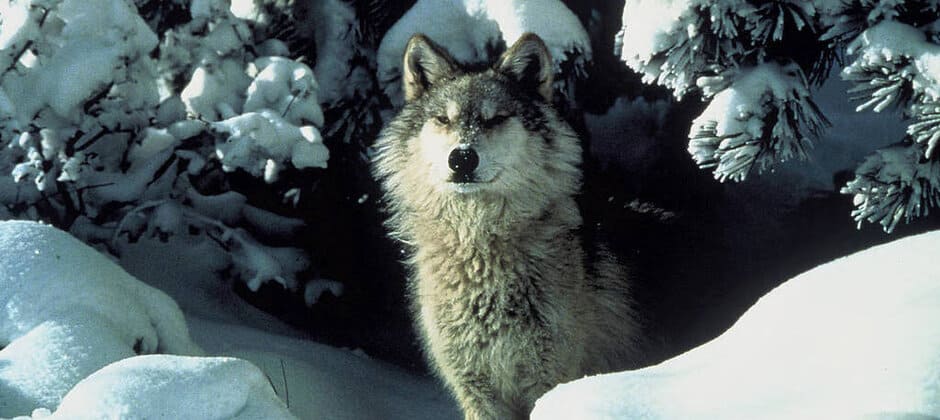Share this article
USFWS to review status of western wolves
The U.S. Fish and Wildlife Service will be completing a comprehensive status review of the gray wolf in the western U.S. after its delisting from the federal Endangered Species Act in Oct. 2020.
This decision came after the USFWS reviewed two petitions filed earlier this year to re-list the species. The USFWS concluded that the petitioners presented substantial and credible information to indicate that listing gray wolves (Canis lupus) under the Endangered Species Act may be warranted. The USFWS now plans to conduct an in-depth status review and analyses using the best available science in order to arrive at a 12-month finding on whether listing is warranted.
The petitions prompting this decision requested re-listing the Northern Rocky Mountain gray wolf population—made up of Montana, Idaho, Wyoming, eastern Washington and Oregon, and a small portion of north-central Utah, or creating a new Western Distinct Population Segment (DPS) that would be listed as threatened or endangered. Both petitions recommended a blanket Western DPS that would include all, or part of, the Northern Rocky Mountain DPS states with the addition of California, Colorado, Nevada and Arizona.
Both petitions referenced issues with recent changes to wolf hunting laws in Idaho and Montana. The petitioners stated that the new hunting laws pose a serious threat to wolf populations. They point out that these laws are a stark departure from the Idaho and Montana’s original wolf management plans that had been approved by the USFWS. In its announcement, the agency noted that the “new regulatory mechanisms in Idaho and Montana may be inadequate” to address the increased threat of human-caused mortality to the species’ population.
In May, Idaho passed a measure that could potentially lead to the killing of 90% of the state’s 1,500 wolves and allow the hiring of private contractors to lethally remove wolves. In Montana, wildlife authorities approved a statewide hunting harvest quota of 450 wolves—roughly 40% of the state’s wolf population—and allowed for methods of hunting that had previously been outlawed such as snaring and trapping. According to the original delisting targets, the ESA requires that each state must maintain a viable population of at least 150 wolves.
The USFWS is requesting input from the public for any new information or data on the status of the species across the western United States.
For more information, check out TWS’ issue statement on wolf management in the contiguous United States.
Header Image: The USFWS will be completing a status review on gray wolves in the western U.S. Credit: Tracy Brooks/USFWS








